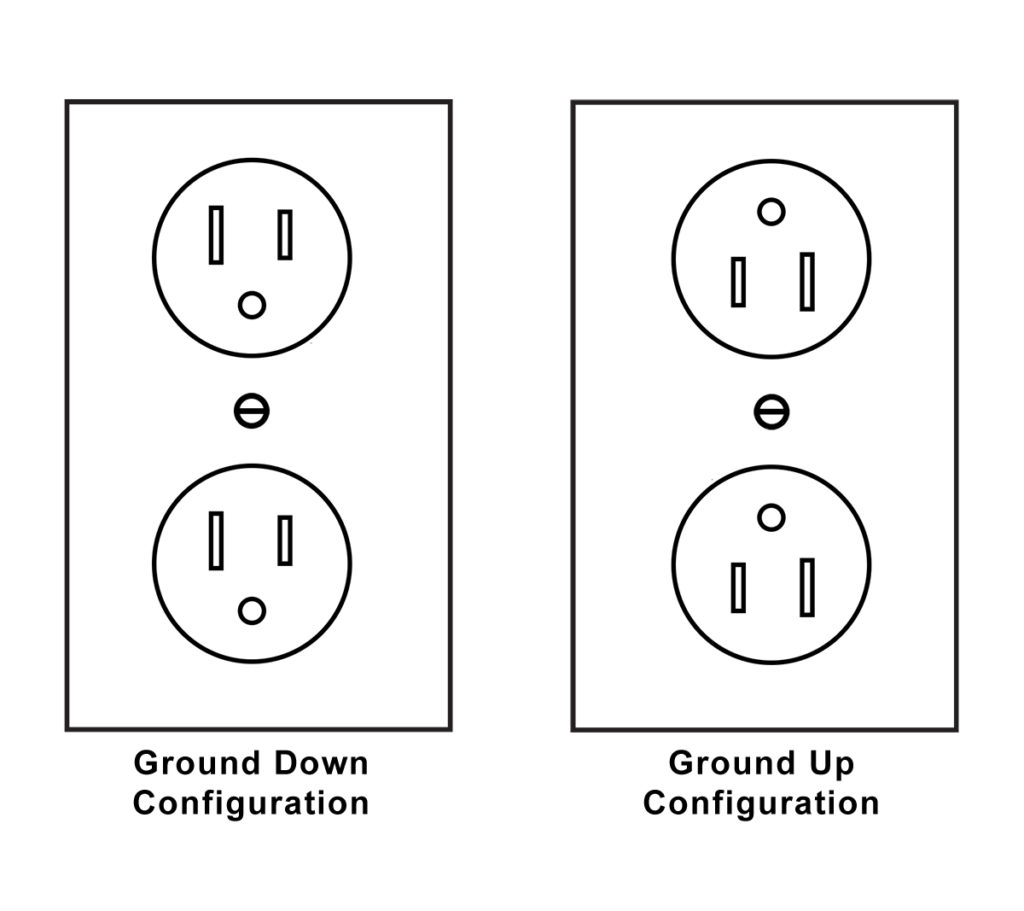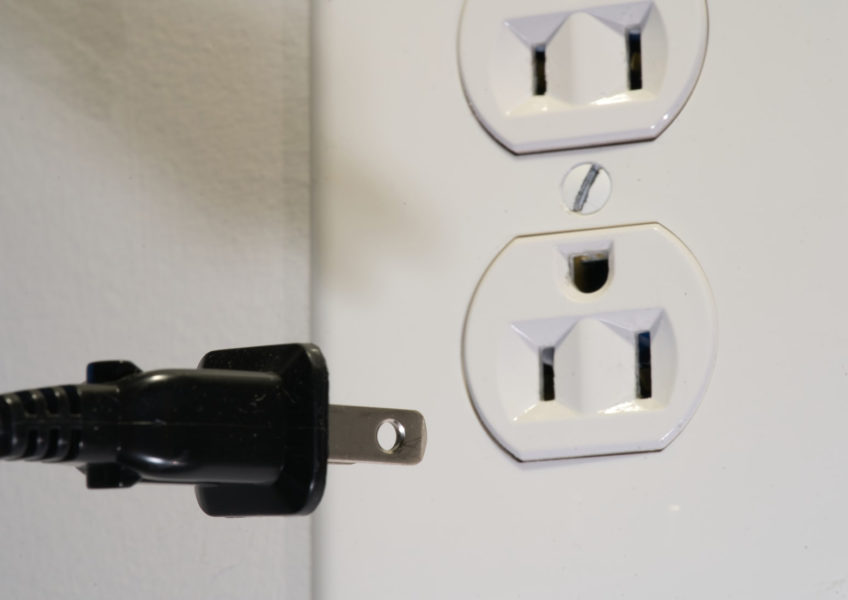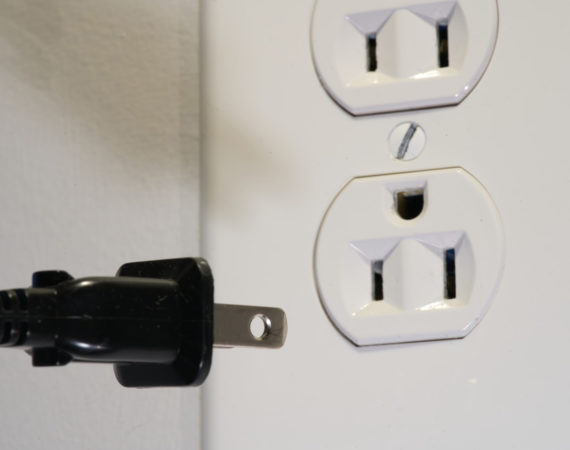Why are electrical outlets sometimes “upside down?”
Wall Outlet Configuration
Have you ever noticed what you consider an anomaly in your home or office? Are the electrical outlets ‘upside down’? Like most people, you probably think that the correct position of an electrical outlet receptacle is with the two vertical slots located at the top and the round ground hole directly below. In reality (and barring a few local code exceptions), there is no correct position!
Correct Position of the Electrical Outlet
It’s actually a little surprising to learn that there is no ‘correct’ way to install an electrical outlet. It is actually common to see outlets in all four configurations (ground up, left, right or down) depending on the application. Many kitchens will have the outlets ‘sideways’ above the counter-tops. Many outlet receptacle manufacturers recommend installing the electrical outlet in the position that so many consider ‘upside down.’ Even electricians (especially seasoned journeymen who worked extensively on commercial buildings) will place the outlet in what you might consider the odd position. Rest assured, however, that no matter what position the electrical outlet is installed it will still function the same.
Understanding Why Electrical Outlets are Upside Down

There are a few reasons that electricians install electrical outlets counter to the traditional way:
Easier to Identify Switched Outlets
In residential homes, it is common to have large rooms with a switched outlet, meaning that one or both of the receptacles is actually operated by a switch. Electricians may position the outlet in an upside-down position so that you can quickly identify the switch-controlled receptacle. Since it stands out visually to most people right away – it provides convenience to the occupants to easily remember which outlet is switch controlled.
Improved Electrical Safety
An upside-down position may also help to reduce the risk of electrical shock in some applications. In the ground pin down configuration, if a metal object were to fall on a loose plug – the object will more easily contact the positive and neutral pins causing a short and possible fire. Imagine for a moment a loose plug sticking partially out of the electrical socket behind a cabinet. If a metallic item fell behind the cabinet, it could easily land across both pins and short. If the outlet were installed with the ground pin up – i.e. upside down – the item is more likely to deflect off and not make contact with an energized pin.
Another issue along these lines is from metal face plates. Most homes and offices have plastic outlet covers and do not have this concern, however, metal face plates remain common in other applications. Image that a ground down outlet has a metal face plate and a loose plug. If the face plate were to become loose or the screw otherwise fails, the face plate could fall out and land directly on the plugs. If the ground pin were up, there is less of a chance of creating such a condition.
Better Gripping Ability
Many people believe that an electrical outlet installed upside down will have a better gripping ability. This is somewhat true due to the geometry differences in a plug installed with the ground up or down, however, it’s unlikely that this is the reason for an outlet to be installed one way versus the other. For certain applications, ground pin down is actually safer or better since many appliances, such as refrigerators, have the cord extend towards the ground pin. Such applications are safer when the cord is not stressed in the opposite direction of gravity.
Forensic Engineering Specialists
Engineering Specialists Inc. has nearly 30 years of field experience in analyzing the damage to vehicles, residential, commercial, and industrial buildings. We can work on any project in any state, nationwide. When you or your business needs to confirm the extent of damage or how to correct a problem, email us at office@esinationwide.com or call us, toll-free, at (877) 559-4010.


